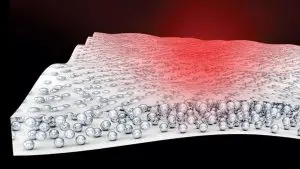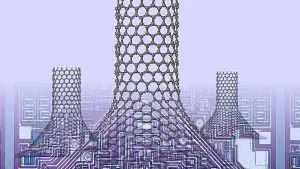Low-emissivity (Low-E) films are not new –they represent a mature technology in which a metal-oxide coated surface emits low levels of radiant thermal energy. Low-E films are widely used on window glasses in energy-efficient buildings. Low-E materials include metals like Aluminum foil which has a thermal emissivity /absorptance of 0.03 which means that it reflects 97 percent of … [Read more...]
Thermal Management – Enabled Products at CES 2017
The Consumer Electronics Show (CES) which concluded earlier this month is the largest annual conference and expo for anything or everything in electronics in the continental USA. By some estimates, CES 2017 exceeded the previous year record, topping 177K+ attendees. In such a large conference, enabling technologies like thermal management often take a backseat to the … [Read more...]
A Note from the Technical Editor
Year 2017 is already off to a good start… a warm welcome to all our readers from Electronics Cooling! As electronics continue to pervade all walks of our lives, thermal management remains front and center as one of the important enablers in product realization. At the risk of repeating myself, I must say that there has never been a better time than the present to be an … [Read more...]
Cooling Circuits with Nanochimneys in Carbon Nanotubes
The extraordinary properties of Graphene are well known, and in the context of electronics thermal management and reliability, it is about 200 times stronger than the strongest steel and conducts heat and electricity very efficiently. Both graphene and carbon nanotubes consist of six-atom rings, which create the well-known hexagonal Honeycomb structure, and both excel at the … [Read more...]
Thermal Effects in Supercapacitors
Supercapacitors (also referred to as electric double-layer capacitors (EDLC), electrochemical capacitors, electrochemical supercapacitors, and ultracapacitors) are a class of energy storage devices that bridge the gap between electrolytic capacitors and rechargeable batteries. Supercapacitors can typically store 10 to 100 times more energy per unit volume or mass than their … [Read more...]








